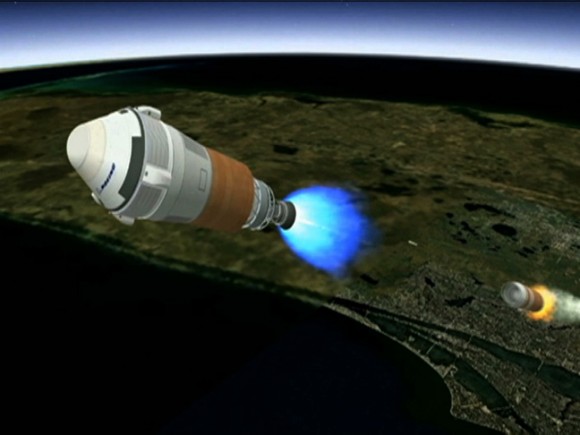Love the Hans Zimmer music as well…
Love the Hans Zimmer music as well…
Fractals are amazing. That something so simple can be so complex. I started using fractals in my art about a decade ago. As I have been working on Suzi, the idea that the universe is one big fractal has been lurking in the back of my mind. As I was doing more study on the nature of fractals this weekend, I came across this article from Space.com about how that idea works, but only to a point.
Go check out this cool fractal article from Space.com and let me know what you think.
Have you played with generating your own fractals? Apophysis 7x is my go to app for creating fractal art, and the best part? It’s free! George Kiehne actively develops Apophsis and has some stunning art on his site, so click the link already and start making your own fantastic fractals!
I have been spending alot of time on Google+ and it’s become my favorite social media site. So many different communities out there to meet new people and learn new things.
One post that caught my eye came from Astrophysicist Brian Koberlein, where he talked about studying data from the Kepler Mission (Kepler is an orbital observatory NASA uses to search for Earth like planets in our galaxy).
Based on early analysis of data taken from the Kepler Mission, it seems there are a ton of Earth sized planets, sitting in the habitable zone of stars the same size as our Sun. But the one thing that strikes me as most amazing is that Kepler has only scanned a tiny fraction of our galaxy.
Check out this image from artist Jon Lomberg that shows just how little of our galaxy that Kepler has been able to scan. There could be billions of habitable Earth sized worlds in our galaxy alone. Now consider the fact that there are about 100 billion galaxies in the observable Universe, and let that simmer in your brain for a while.

So go click on the link to Brian’s post, and let a Universe of possibilities open up in your mind. It’s scientists like Brian that help us understand where we are today, so that we can find a way to a better tomorrow!
July 8th, 2011 marked an unprecedented time in the space program.
For the first time since 1962, America didn’t have a way to put astronauts into space from US soil.
There are many people who feel we have more than enough problems to deal with here on Earth, and we are just wasting time and money by trying to go to space.
While I certainly won’t debate that we have plenty of problems here on Earth, the benefits that come from the space program are enjoyed by everyone today.
Satellites, GPS and countless more innovations are direct products of the space program.
So yes, right now is a dark time in US technology. If we continue down this path, then we cede vital innovations to Europe and China. These same innovations will inspire a new generation of American youth to move into the sciences.
But a new day is dawning.
Boeing, SpaceX and Sierra Nevada Corp, with contributions from NASA, are developing the next generation of capsules designed to carry astronauts into space, launched from American soil.

Ken Kremer wrote an article on UniverseToday.com that has all the details. Go read, go learn.
And if you need more information on why our space program is important, please read what Neil deGrasse Tyson has to say.
This is a smart man, so please listen to him…
Warp speed! The ability to travel faster than light has long been a staple of science fiction. But recent developments have some NASA scientists thinking that move great distances in a short amount of time could be a reality.
Physicist Miguel Alcubierre created a paper which suggested that space-time could be warped behind and in front of a vehicle, creating a bubble that a ship could ride upon, like a surfer rides a wave. This idea captured a lot of attention, and in fact, NASA is working on this concept now.
A mere 100 years ago, we couldn’t fly from the US to Europe. So, it’s not unrealistic to imagine that the science behind this can be proved within one to two generations.
IO9 has the full article, so go read and learn.
Exciting times!
Quasars. Cool name ( and a cool Marvel super-hero back in the day) but what are they?
Quasar stands for Quasi Stellar Object, and they are the brightest and most distant objects in our Universe.
They are also the most powerful and energitic objects known so far.
Some are so large, it would take three billion years to cross them while going at the speed of light.
They are so distant, they outdate our Universe.
Yeah, ponder on that one a bit.
Quasars are believed to be powered as the result of matter being consumed by super-massive blackholes at the center of galaxies.
Science continues to learn more about these super-powerful structures and their role in the Universe.
If you want to learn more, Jerry Coffey wrote about quasars over at UniverseToday.com.
Check it out, and learn some science!